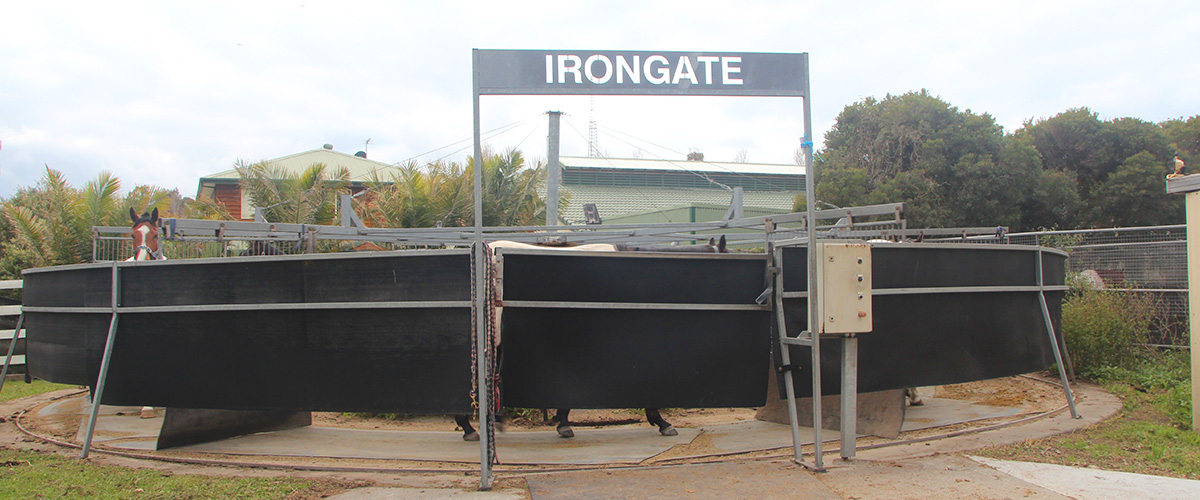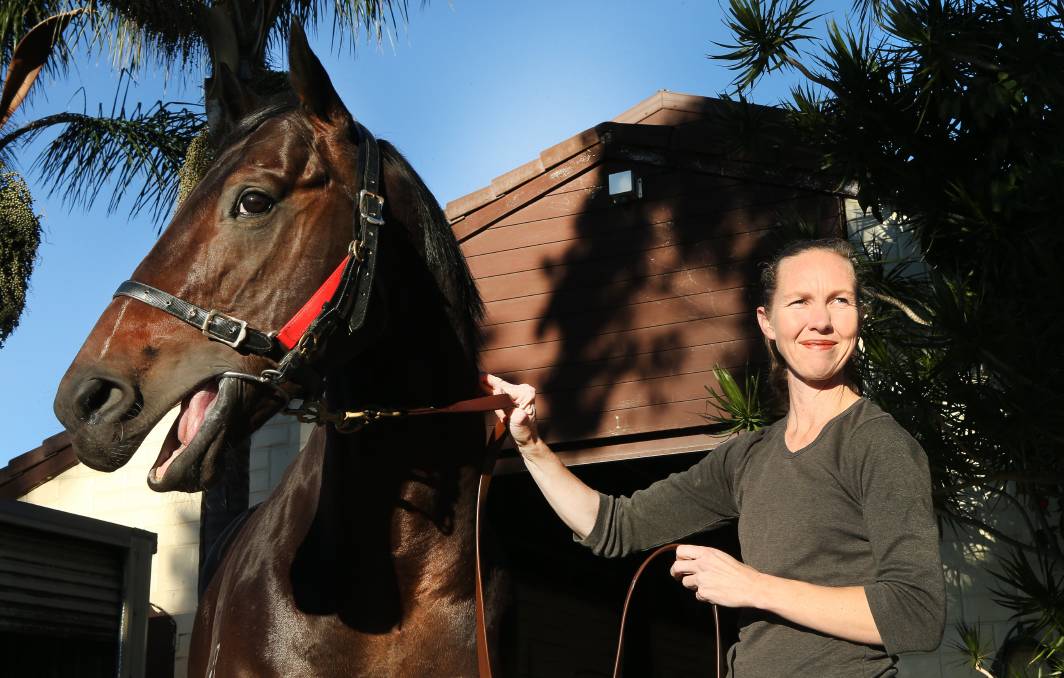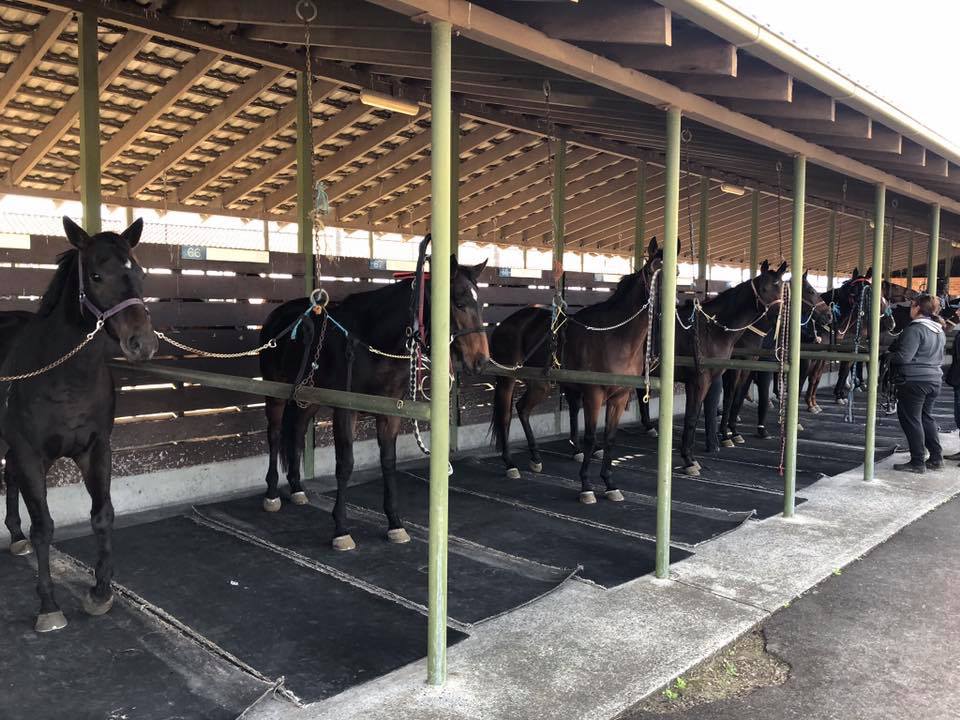We know that owners enjoy following their horse’s progress. What is it up to now? When will it be ready to race? To help clients with this, we thought it might be useful to provide a brief outline of the type of program we use to train a racehorse.
A word of caution. Training programs vary a lot depending on circumstances. Just some of the things that might alter the length of a program include:
- The horse’s age. In the early stages of a young horse’s career, training programs are about education and physical development more than race fitness. Young horses will typically have several shorter preparations prior to their first full race preparation. At this stage, frequent spells are an important part of the equine athlete’s physical and mental development.
- The horse itself. Like humans, individual horses vary a great deal. Some keep themselves naturally fit while spelling and “come to hand’ quickly. Others put on weight easily and take longer to achieve racing condition.
- The length of the spell. Older horses that have only been out for a brief let up or “mental refresh” will have residual fitness and be ready to race sooner than horses that have been out for longer spells.
- Horses recovering from tendon or ligament injuries need to build strength gradually.
- Practical circumstances. All sorts of things can impact the length of a training program including minor injuries/sickness, bad weather and the scheduling of jump outs and barrier trials.

Daily Routine
Barring injury, horses in work will generally do some form of exercise every day. Most will be put on the automatic walking machine every day. Weather permitting, they will also be either ridden or swim in the pool six days a week.
Once horses are up to pace and fast work (see below), they may do this 3 days a week. Exercise on the other days may involve slow work on the sand track; being ridden around the local paddock or swimming in the pool across the road.

Program to train a racehorse
The following is typical of a program for an injury free, experienced horse that has returned from a standard 6-8-week spell.
- Weeks 1- 3. The horse will do “slow work” to begin building muscular strength and perhaps some swimming. Slow work involves trot and canter around 2 laps of the Kembla sand track as well as being ridden to and from the track
- Weeks 4-6. Horses will begin some “pace work” This will initially be “half pace” which is a moderate “hand gallop” rated at around 18 seconds each 200m. Later, this will be increased to “three quarter” pace, initially for the last bit of work then gradually extended. Three quarter pace work is rated at around 14 or 15 seconds per furlong (200m). Pace work will typically be on the Polytrack with the distance covered gradually extending over time.
- Weeks 7-10. Depending on progress, the horse will begin to have some gallops or fast work during this period. This will initially be a “brush home over the final 200m of the work at about the 12 second rate. The horse may initially work “5+1” on fast mornings i.e. 5 furlongs or 1000m ¾ pace work and 1 furlong or 200m gallop at the end. This will typically build to “5+2” as fitness improves. Fast work may be on the Polytrack or the grass and be with a mate or solo. During this period, the horse is also likely to be given one or sometimes 2 jump outs.
- Weeks 11-14. Fast week will continue and be extended. The horse may typically have a second jump out in this period before having its first race start.
As mentioned above, there are many reasons for training programmes to vary. However, in general terms a trouble-free training program for a sound, experienced and mature horse may see it racing between 10-14 weeks after returning from a standard spell. That means it’s first up start may be about 16-22 weeks after the last start of its previous preparation.
Trackwork example
This Video shows examples of slow work, pace work and fast work.




